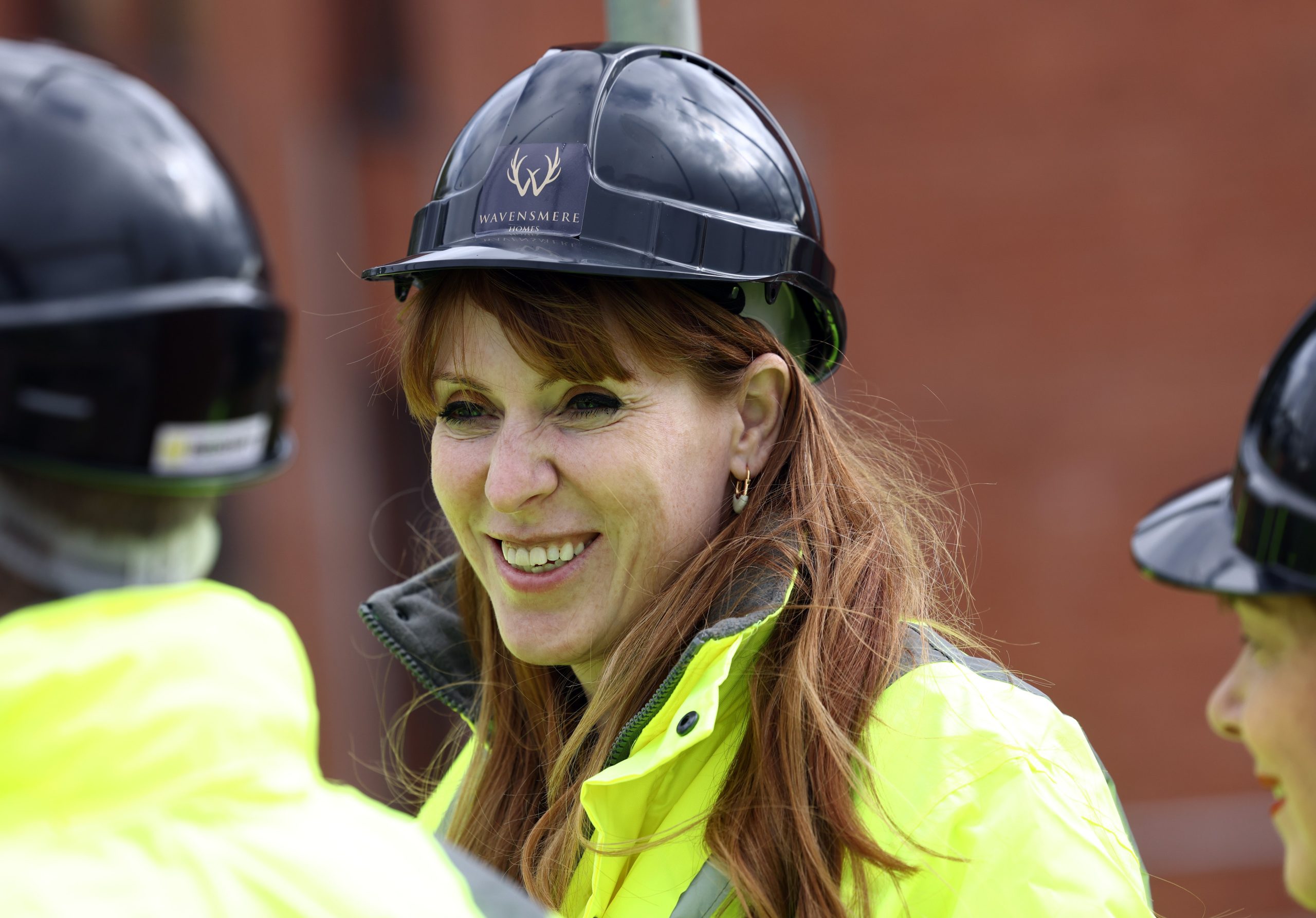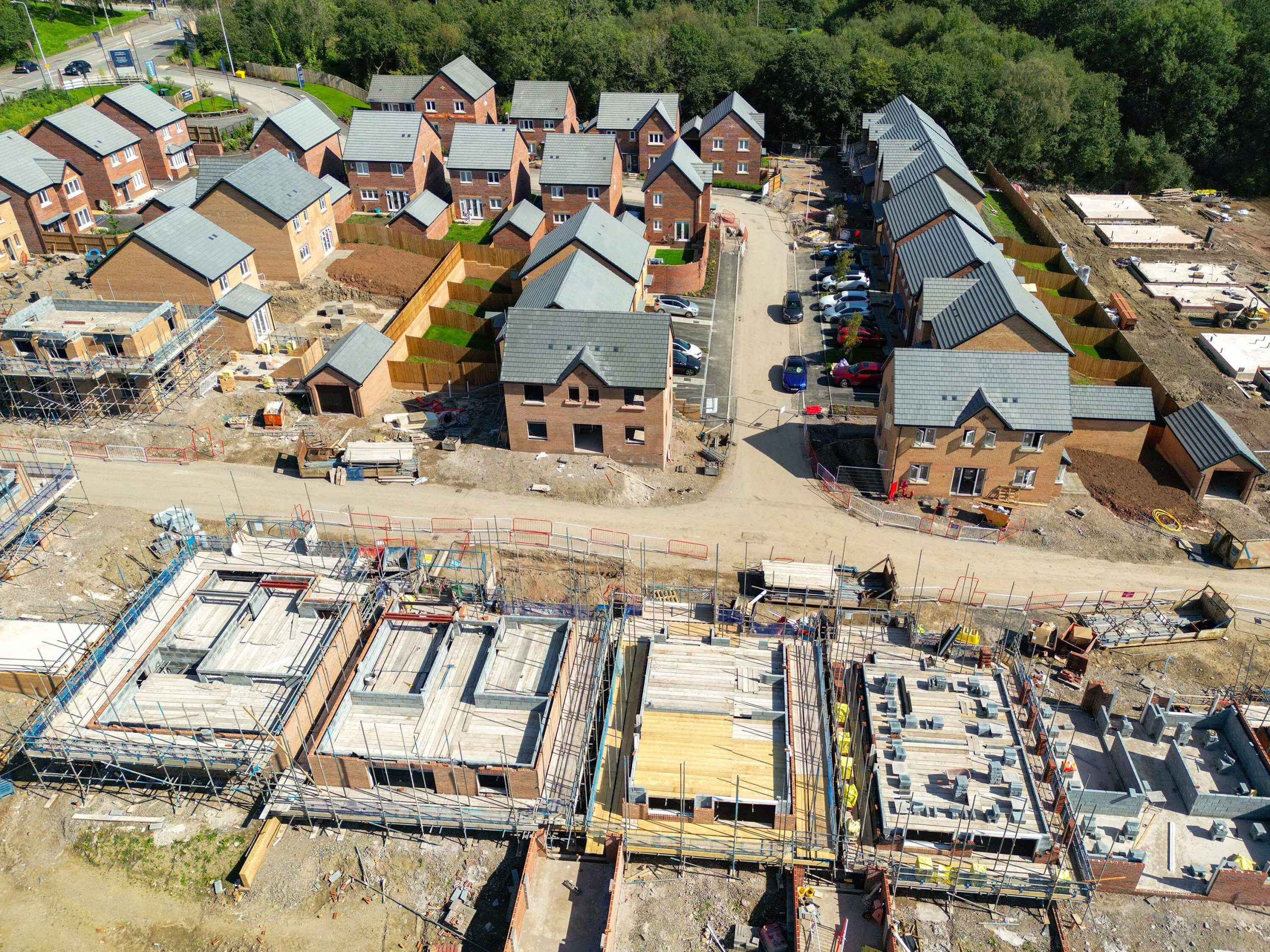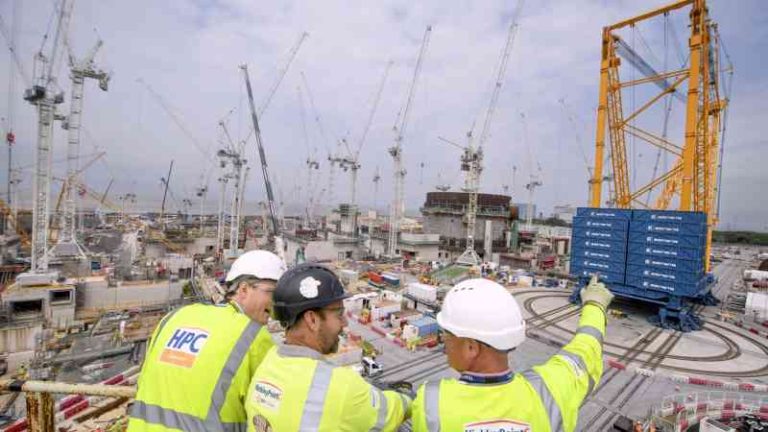Labour’s affordable housing plan ‘needs to be more flexible’
Labour’s plan to make developers build affordable housing on at least 50 per cent of “grey belt” land renders 80 per cent of small development sites unworkable, research from the tech firm Viability has found.
Lowering the government’s proposed “golden rule” requirement from 50 per cent to 35 per cent would make more sites feasible for small developers, the study said.
Viability looked at the feasibility of potential small-scale grey belt sites within the London green belt, where house prices are among the highest in the country and where developers should be able to make decent returns.
• Your guide to Labour’s planning announcement
The researchers assumed a 20 per cent profit margin as the minimum requirement for a developer to be sustainable and able to access bank funding. They also worked on the basis that landowners would only sell if offered at least 10 per cent more than the existing use value of the land.
They found that if the government enforces its target then 80 per cent of the sites would pose “significant financial risk” to the developer and would therefore not go ahead. If the affordable housing ratio is reduced to 35 per cent, then the percentage of viable sites rises to 30 per cent.
The government is reforming the planning system to help build 1.5 million more homes over the next four years, including on green belt land where development has already occurred but where the land needs to be cleaned and repurposed, known as the grey belt.

Local councils in England have also been handed mandatory housing targets, with Angela Rayner, the deputy prime minister, writing to every council leader and chief executive to state that it is “not just a professional responsibility but a moral obligation to see more homes built”.
A consultation on the planning reforms launched by the Ministry of Housing, Communities and Local Government closes on September 24. It states that the goal of 50 per cent affordable housing is “subject to viability” of the site. Where a developer proposes building less than the 50 per cent target it would submit a viability assessment, which the local planning authority could reject if it felt the developer was paying too much for the land.
The consultation is also asking the industry whether it makes sense to allow local planning authorities to set lower targets in “low land-value areas” to encourage more building in the north of England.
Henry Mayell, a co-founder of Viability, welcomed the government’s push for more housebuilding but said it had to be more flexible to reduce the costs for small developers taking on small sites.
“It is OK to identify lots more land that might be good opportunities but it still leaves the developer working out if it is financially doable, can I build for less than I can raise in revenue so that it is worth it?” he said.
Small developers build around a quarter of the 200,000 new homes constructed each year and Mayell, 26, said they had to take into account a range of costs, including cleaning up the land, increasing biodiversity and providing local communities with new infrastructure, as well as the mix of housing.

He said affordable housing typically costs between 85 and 90 per cent of the cost of building a house destined for the private market, but is sold to housing associations and local authorities at between 50 and 70 per cent of the market rate.
“Delivering those homes loses them money, so the market homes are the ones that make up the profit margin,” said Mayell. “Everybody sees property developers as greedy but developers need to earn their profit margins in order to run a business, and with new regulations it is getting harder and harder every day. Biodiversity net gain has just been included and it can add hundreds of thousands of pounds to the cost of a site.
“The stopping point for any developer building any homes is whether this site is financially viable. That is the bit that is actually going to dictate whether homes will get delivered.”
The Ministry for Housing, Communities and Local Government pushed back on Viability’s findings.
“We do not recognise these figures,” a spokesman said. “In exceptional circumstances, such as significant infrastructure requirements, developers can have some flexibility, but they must provide very strong evidence why they cannot meet our expectation on affordable housing. Otherwise, we are clear everyone must play their part in building the homes we need.”

The Home Builders Federation said the government had been “very positive” in its moves to improve the planning process. However, David O’Leary, executive director, said: “Policy costs, imposed by local and national government, have increased significantly in recent years with the future homes standard, biodiversity net gain and greater need for social homes as the government grant [to housing associations to provide affordable housing] has all but disappeared.
“Provided sites remain viable, it is right that public bodies determine the social benefits and public goods that ought be derived from development, but this should be done sensibly and there must be a recognition from politicians at a local and national level that few sites are capable of being able to satisfy every demand. If set too high, there will be no homes of any sort delivered on the site, which then threatens overall supply levels.”
Viability’s software automates land assessment for small developers — data collection and analysis that is usually only available to the industry giants. It hopes the use of accurate data and analysis will mean more small property developers can work with local authorities to deliver more homes.
• Where will Labour build new houses? The ‘grey belt’ in maps
The company has received a grant from the government’s innovation agency, Innovate UK, to develop its technology. Its investors include Paul Higgs, a co-founder of Viability and a former head of land at the housebuilder Barratt Development. Another co-founder is Adria Tarrida, the company’s chief executive. Viability officially launches on September 16, after two years of development.
“We set up the business to tackle the housing crisis. We wanted to support SME [small and medium-sized enterprise] developers,” Mayell said. “Typically the process for a developer or a land agent is to begin by identifying a parcel of land and hopefully an off-market site, as they are the most profitable and best opportunities for a housing developer. There are a number of tools out there that help them find these sites, so finding opportunities is getting easier. Once you have found the site, the complexity begins.
“You have to assess the opportunity, understand what the regulations require, what you could build on that site, what the optimum mix of what to build is, run all this analysis to then understand what you can offer a land owner.
“The problem we are tackling is that developers can find lots of opportunities but getting to the stage where they have a number in mind to start speaking to landowners takes them weeks, if not months.”
He said tests of Viability’s software suggested that two days of research work done in the traditional way “can now be done in two minutes and within 2 per cent of the values that the developers came up with themselves”.






